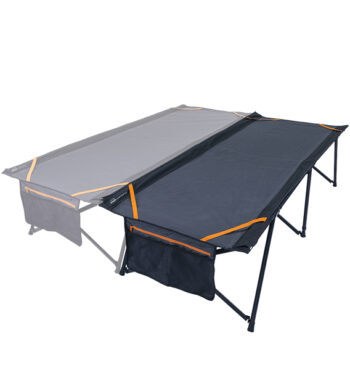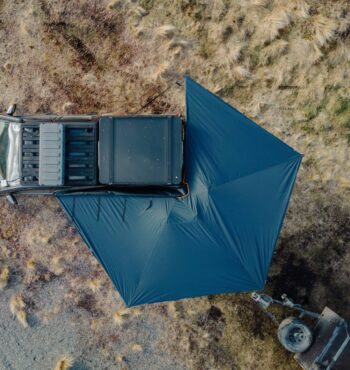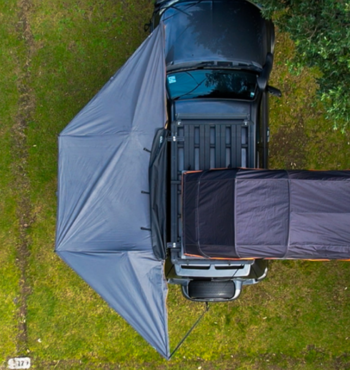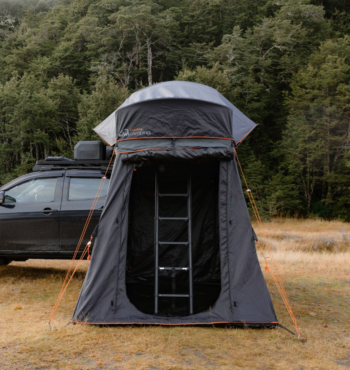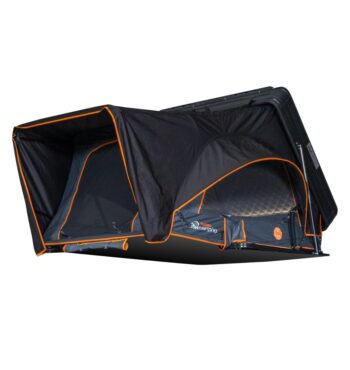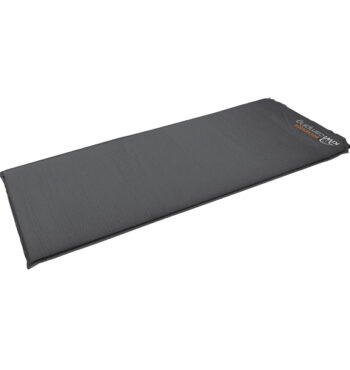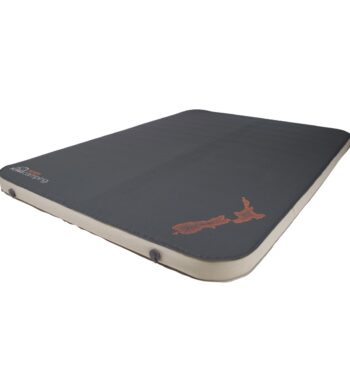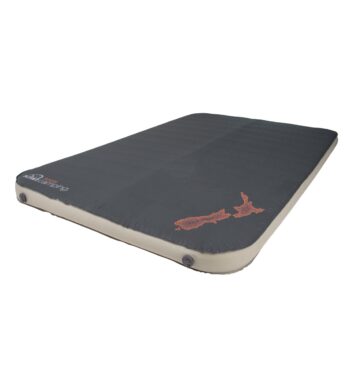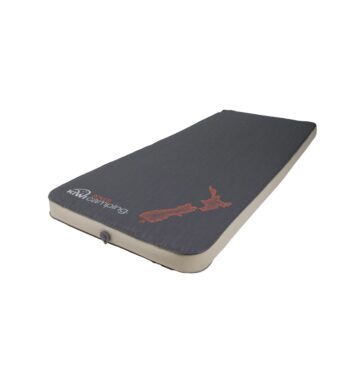Campfire Do’s & Don’ts
Campfire Do’s & Don’ts
Campfire Do’s & Don’ts
It’s the ultimate camping image – a bunch of camp lovers snuggled up to the warmth and atmosphere of a stoked-up campfire. But hang-on, are you allowed to light that? Is there somewhere you should check first? Well yes, there is!
New Zealand summers are dry, really dry. One merry little blaze can turn into an apocalyptic end-of-days forest fire if you’re not prepared. Nelson’s 2019 Pigeon Valley fire was described as New Zealand’s largest since 1955 and took 22 helicopters to fight it. With 99% of wildfires being started by people, it’s time to make sure you’re being responsible and keeping everyone safe.
Can you light a fire when you’re camping?
The short answer is here: checkitsalright.nz. This website is run by Fire and Emergency NZ and takes into account the weather, the seasons and local council restrictions. To find out if you’re allowed your little campfire, simply plug in the area and date you’d like to light a campfire; the website will tell you the Fire Danger Index and whether or not you’re allowed a fire at all. If you are, you may need a permit, and you can apply for one here.
Campgrounds
If you’re in a campground, then ask the landowners as they may have designated areas and rules of their own.
Department of Conservation Campsites
DOC campsites have a restricted fire season all year round, this means you can only light a fire if there is no fire ban in place AND you use a designated fireplace or fire pit. You are most definitely NOT allowed to run about lighting random campfires!
If you are camping in DOC ‘backcountry’ areas (over an hours walk from the nearest road end), you are only allowed to light a fire if there is no fire ban in place, there are no notices prohibiting fires and your fire is at least 3 metres from combustible materials like trees, grass or undergrowth. The fire also must be under .5 metre in width and height.
Campgrounds
Beaches are subject to permits too and a campfire can’t be lit at all during a total fire ban. Again, check the checkitsalright.nz site, as different councils have different rules. If you ARE allowed to light a campfire on your favourite beach, keep in mind that beaches are windy, so stay well away from dunes and flammable seagrasses. It’s a good idea to light the fire below the high tide line, so hotspots beneath the sand won’t become an issue. Contain your fire to a barbecue, within a stone circle or dig the fire into a hollow so the wind can’t spread hot embers. Remember, a campfire isn’t a bonfire, so don’t get too ambitious! If you’re by a riverbed and you’re tempted to use river stones, be careful, wet river stones can explode at high temperatures.
So, what is a fire season?
There are three types of seasons: Open Fire Season, Restricted Fire Season and Prohibited Fire Season.
- Open Fire Season. You don’t need a permit to light a fire, but you are responsible for any damage the fire causes. If you are on private land, you must get the Landowners permission. Open Fire Season doesn’t apply to public conservation land at any time of the year.
- Restricted Fire Season. You need a fire permit. See above for the link on how to apply.
- Prohibited Fire Season. It’s illegal to light an open fire even if you have a permit.
How to light a safe campfire
So, you’ve got your permit and you’re good to go. Remember, you’re still responsible for your fire, so keep in mind the following:
- Once you light your fire, stay with it.
- Keep your permit handy. A Fire Officer may need to see it.
- Have a method of extinguishing your fire quickly: have water, a fire extinguisher and/or a shovel handy.
- Choose your spot. Make sure there is nothing combustible within 3 metres of your fire. This includes your tent! Embers may flare up, so take everything into account.
- Clear an area two or three times the size of your final fire size.
- Clear away dry vegetation from the outside of your fire circle.
- Dig down to dark soil within your fire circle.
- Build your fire, keeping it under .5 metre tall and wide.
NEVER use petrol to start a fire.
How to extinguish your fire
Once you’ve lost the last marshmallow to the flames and the smell of woodsmoke has permeated your hair thoroughly, you’ll need to put out the campfire properly.
- Let the fire burn down as much as possible. Spread out any remaining wood or coals.
- Douse the campfire thoroughly with water.
- Stir up the fire remnants with a stick or shovel. You can poke a stick down into the fire bed too, to create holes water can soak into. Douse the firebed again.
- If you have a fire ring, make sure you douse any embers below them.
- Mix the firebed with dirt and more water.
- If there is any heat, steam or smoke coming from the fire or fire ring, it’s too hot to leave. So repeat the process.
What to do if your campfire starts to get out of control
- Stop the spread by smothering the flames. Use a fire extinguisher if you have one. Otherwise douse the fire with water, by shovelling dirt or sand, or by drenching towels in water and smothering the flames.
- Keep yourself safe. Put on shoes, keep young people at a distance.
- Delegate. Get someone filling buckets, another person moving flammable things out of the fires intended direction and another calling 111.
If you’re lighting a campfire for cooking purposes, a portable gas outdoor stove may be a good choice. These are authorised in both Restricted and Prohibited Seasons.
Be a bright spark (the good kind) and do the right thing. Check you’re ok to light. If in doubt, don’t do it.
Shop Our Featured Products
Explore popular and best-selling Kiwi Camping products from across our ranges.


